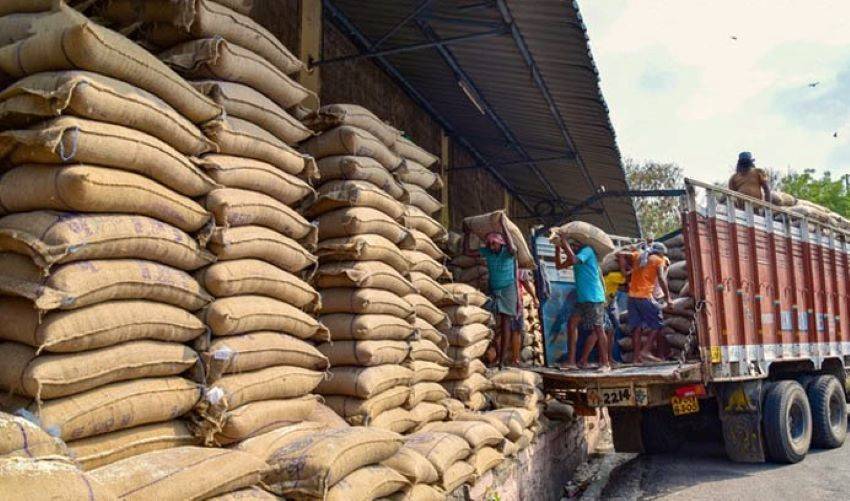
According to the latest data from the APEDA, exports of pulses increased by 92% and fresh vegetables increased by 25%, while, exports of basmati rice increased by 16% in value terms, owing primarily to demand from the US, UAE, and China.
India has also emerged as a net exporter of farm products, with exports reaching an all-time high of USD 50.2 billion in 2021-22. According to trade analysts, India's shift from domestic food security to exports has boosted overseas sales. In 2021-22, farm exports will surpass 11% of total merchandise exports for the first time.
The Ukraine conflict, shipping disruptions, and rising oil and fertilizer prices pushed up grain prices, which appeared to have raised premium basmati rice rates, despite India banning wheat exports in May last year, followed by rice export restrictions.
Exports are a major driver of consistent farm growth. According to the annual Economic Survey, which was released on January 31, the agriculture sector, the country's largest employer, has grown at an average annual rate of 4.6% over the last six years. In 2021-22, the sector grew by 3%, compared to 3.3% in 2020-21.
It did, however, warn of a slowing in global growth in 2023-24, which could slow export growth. "In a slowing global economy, a slowdown in Indian exports is unavoidable," it said. Export growth may have slowed in the second half of FY23 after a surge in FY22 and the first half of FY23, according to the report.
To help farmers transport agricultural products, particularly perishable food products from hilly areas and north-eastern states, the Union government launched the Krishi Udan Scheme in August 2020 on international and national routes.
To increase agricultural produce shipments by air, the Airports Authority of India now waives all landing, parking, and terminal navigational landing charges for freighters and passenger-to-cargo aircraft at 25 airports.















